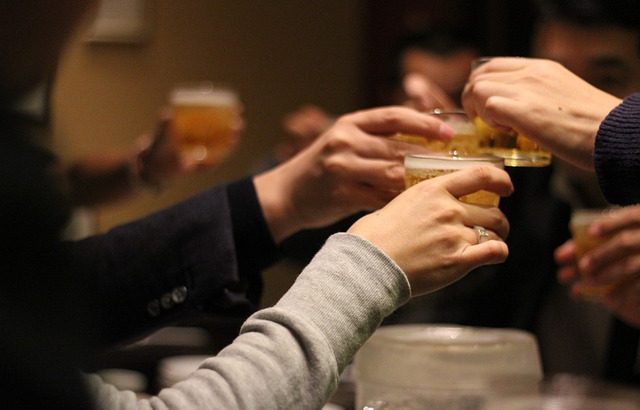A trip to Japan would not be complete without a visit to an izakaya. One of the quintessential Japanese experiences, Japanese-style pubs are just something else. Perhaps one of the best ways to unwind over some drinks and some tasty Japanese foods, it’s a must for every alcohol connoisseur.
Most foreigners that have had the chance to visit and explore Japan would be quick to agree that the country is alcohol heaven. And izakaya are among the best places to enjoy them. For one, these places are permitted legally to sell alcohol. Not to mention, the prices tend to be more wallet-friendly compared to what pubs and bars in other countries charge.
An institution in itself, it has without a doubt, become embedded into Japanese culture and a huge part of the country’s identity. However, these establishments come with certain customs and unique etiquettes that could be surprising for first-timers! Read on as we explore izakaya.
Some overview
Literally meaning “dine-in sake shop” an izakaya refers to informal drinking establishments that serve drinks along with small food dishes. It is Japan’s version of a restaurant or bar, replete with a social and friendly ambiance. As such, izakaya are very popular destinations for many co-workers and friends to gather at the end of the day. They can be classy or casual and will often offer a wide range of tasty dishes to choose from.
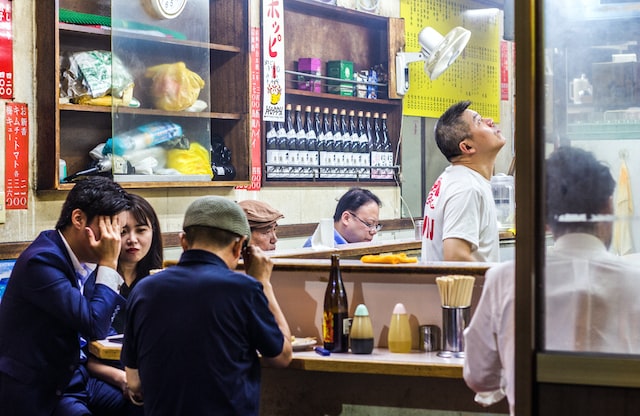
The history of the izakaya can be traced back to the Edo period. Back then, it is common for people to drink sake in front of the shops selling them. Over time, these shops started to serve basic dishes that go well with the alcohol. Eventually, this practice transformed into the izakaya establishments that can be seen all over Japan today.
A lot of Izakaya offer groups their own semi-private rooms so they can enjoy privacy while chatting, drinking, and even being rowdy.
Izakaya can be national establishments that have chains all over the country. It could be an individually run shop as well. In the past, one can mostly see men visiting these establishments, to wind down after work. These days, however, many women, friends, and university students can be seen frequenting these places. It’s a popular option for those looking for a fun social night out.
Izakaya drinks
While there can be exceptions, an izakaya isn’t a place for craft beer snobs and wine connoisseurs. The reason for this is that the list of drinks being served tends to lean more towards Japanese draft beer in pilsner style. You’ll usually find such prominent Japanese brands such as Kirin, Asahi, Suntory, or Sapporo.
They also serve “sours” such as soda water and shochu mixed with lemon. Chuhai or nihonshu is also served, which is an extensive menu consisting of both warm and cold sake. Shochu is also served, but since it’s a spirit, it typically comes with soda water or still water and ice.
For those that would prefer non-alcoholic drinks, it’s common for most izakaya to have alcohol-free options. This usually includes cold green tea, oolong tea, soft drinks, as well as beer with zero alcohol. However, one thing that you cannot expect to be served in an izakaya is coffee.
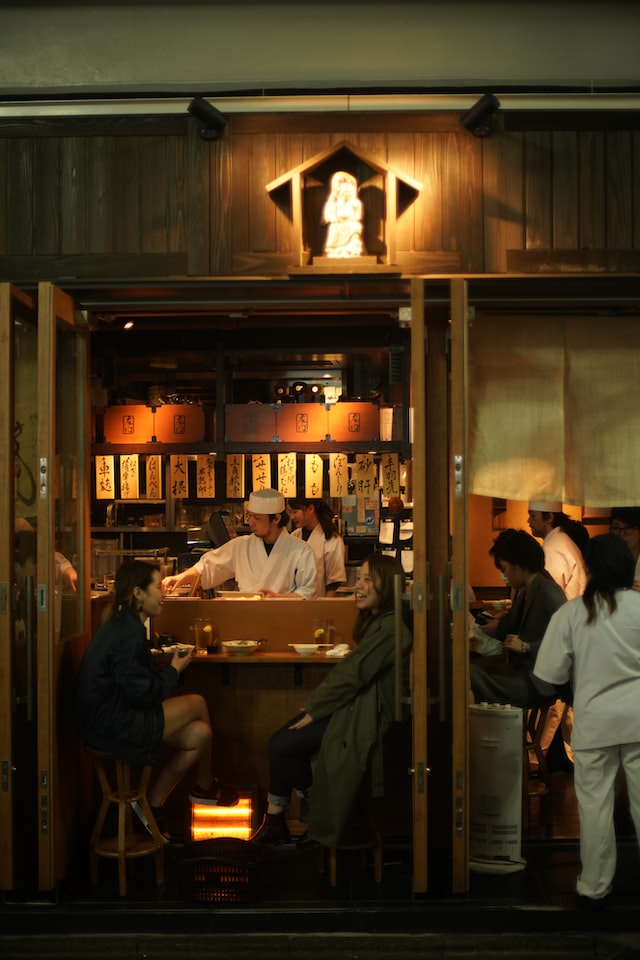
Izakaya food
Just like the drinks they serve, izakaya are also known for serving affordable food. However, dishes tend to come in smaller servings compared to regular meals. It’s also customary for people to order a variety of things, which they will then share with the people at their table.

In addition, it’s common for izakaya to have staple snacks such as edamame but options can significantly range between shops. Some tend to stick with the more traditional route and serve such choices as sashimi or agedashi-tofu. But there are also more modern establishments that might include fries in their food options. Among the most common foods you can order in an izakaya include:
- Edamame- salted beans which are paired with beer
- Kushiyaki- skewered meat, fish, chicken (yakitori), and veggies that are then roasted
- Karaage- fried chicken, Japanese-style
- Sashimi- sushi (raw fish) without rice
- Agedashi-tofu- fried tofu served with a light dipping sauce
- Grilled fish- usually served as a seasonal option on the menu, which makes it extra scrumptious
- Agemono- deep-fried prawns, squid, fish
- Gyoza- fried or steamed dumplings with pork fillings
- Korokke- croquettes made from potato, usually with crab, cheese, and ham in the middle
- Tamagoyaki– rolled omelet
- Makizushi- rolled sushi
- Ebi-mayo- shrimp that is fried and served with mayonnaise
- Nabe- hotpot
- Salads- usually topped with fish or ham
- French fries and pizza
It’s the little things
Many people going inside an izakaya for the first time often express their surprise about how excellent the service is. For instance, the moment you are seated, you will be handed wet hand towels. Called oshibori, it’s common for customers going inside izakayas, cafés, and restaurants in Japan to get handed such once seated.
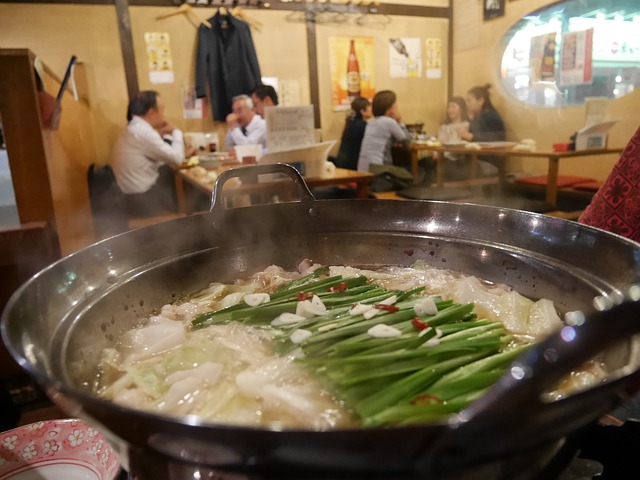
It is free and is part of the service provided by the establishments. For the Japanese, it is expected table manners to wipe their hands with wet wipes or wet paper towels before digging in. This is one of the things that a lot of foreign visitors tend to get surprised by. What’s even more impressive is that the wet towels can be either warm or cold, depending on the season.
A dish you didn’t order
Upon entering an izakaya, you will be provided with a small dish— one that you did not order with the first round of drinks. It can be pickles, edamame, or salad. Called otoshi, this is intended to provide you with something to munch on while the rest of your food order is being prepared.
Many international visitors tend to get confused by this, especially since the dish is certainly not part of their order. Some may even think that there was a misunderstanding with the order and they were served the wrong dish. This is especially true since it will be reflected on the bill.
The otoshi, however, serves as a cover charge with most izakaya charging ¥500 per person. Think of it as similar to how restaurants in America require customers to tip. So, if you are offered a dish that is not part of your order, don’t refuse it. Don’t challenge it when it shows up on the bill as well.
Otoshi are very much part of the costs involved when eating out in an izakaya. It is also very instrumental in how prices are set in these establishments. So, if you have limited funds, make sure to consider this in your budgeting when planning a night out to the izakaya.
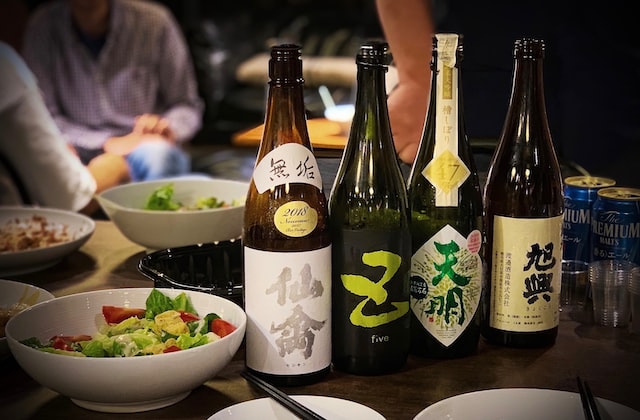
Calling for service is a must
While some countries may view it as rude to call out the attention of a waiter when dining out, not in an izakaya. In fact, before heading out to one, you might want to polish your Japanese language skills. Don’t worry, you don’t need advanced skills for this. A simple “sumimasen” is all you need. Izakaya staff may seem not as attentive to their customers as restaurant staff in other countries. However, this is to ensure that you are left to enjoy your own company or that of your friends. This is why, unless you will call out for their attention, you will be left alone.
In some izakaya, there may be a call button. This is a button on the table which, when pressed, will call staff directly to where you are. This can be a godsend in really busy establishments when your “sumimasen” might easily get drowned by the noise. Since places with this setup have tables labeled with a number, it will be easier for staff to find you no matter how crowded it gets. Izakaya with larger premises have since implemented this system— something that other restaurants in the country seem to be following suit.
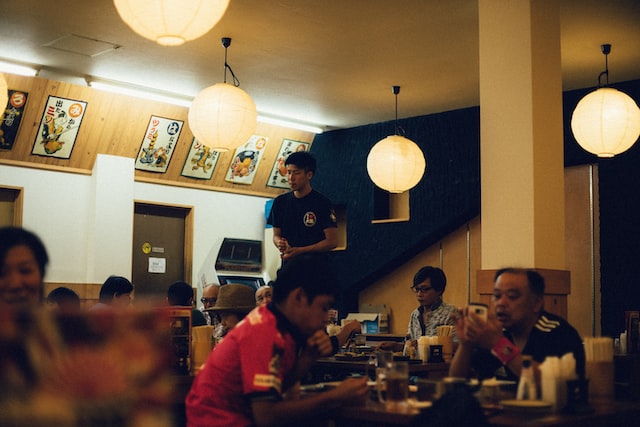
All you can drink
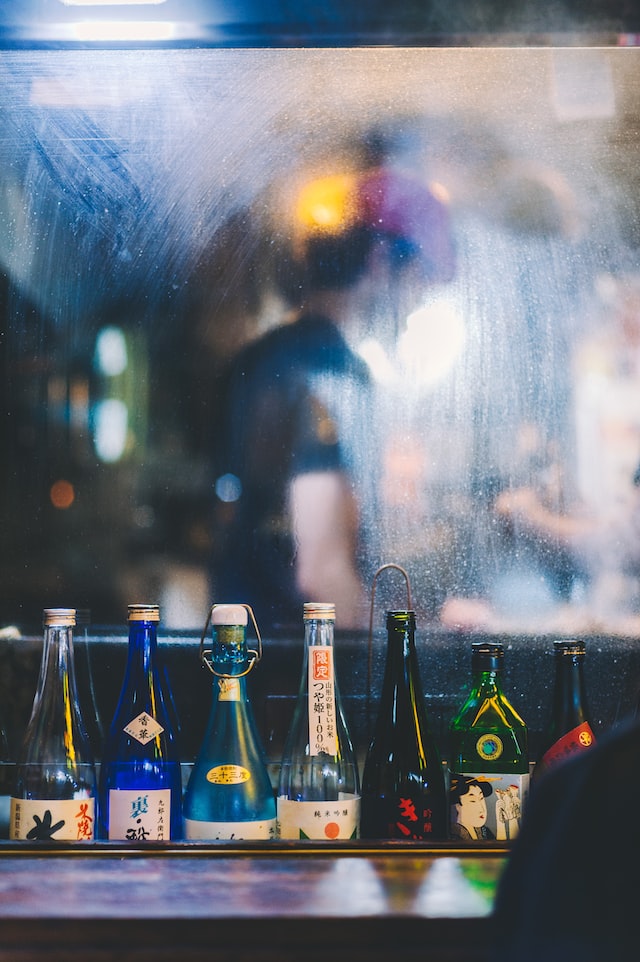
If you have plans to drink a lot on your izakaya night out, most izakaya offer an all-you-can-drink option. Known as nomihoudai, it costs around ¥1000-¥2000. However, this does not mean that you can just drink until you drop. Most izakaya will set a time limit of 2 hours. The menu from which you can order food from will be limited as well.
If going this route, you may have to drink as quickly as you can if you want to get the most bang for your buck. You’ll likely not have a lot of time to eat as well. Pros of this setup will tell you that the best way to do this is to make sure that order your next round before finishing your current round. This is because service tends to get slower all of a sudden when you choose the all-you-can-drink option. In addition, the last order is accommodated at 90 minutes!
Important izakaya etiquette and tips
- Expect an oshibori or wet hand towel the moment you get seated. Use this to wipe your hands clean before you start digging in.
- Izakaya establishments are known for being noisy. While there are a few smoke-free establishments, most tend to allow smoking.
- Food in izakaya is expected to be shared by the people around your table. So, finishing a dish you ordered on your own may be viewed as impolite.
- If you’re going with a group, everyone is expected to drink. This doesn’t mean, of course, that you will just have to endure chugging alcohol even when you’re not a drinker. There are always non-alcoholic options available for you.
- Watch out for izakaya specials! These are dishes, made from in-season ingredients which makes them extra special!
- Always remember that nomihoudai has a time limit— 2 hours. However, your last order should be made in 90 minutes.
- Bills for izakaya night outs will be evenly split among your group. However, it is not frowned upon to offer a bigger share, especially if you feel that you consumed more drinks than the others.
- Izakaya establishments are social places. So, striking up a conversation with a stranger is quite common practice. Who knows, you might leave the place having added one or two people to your friend list!
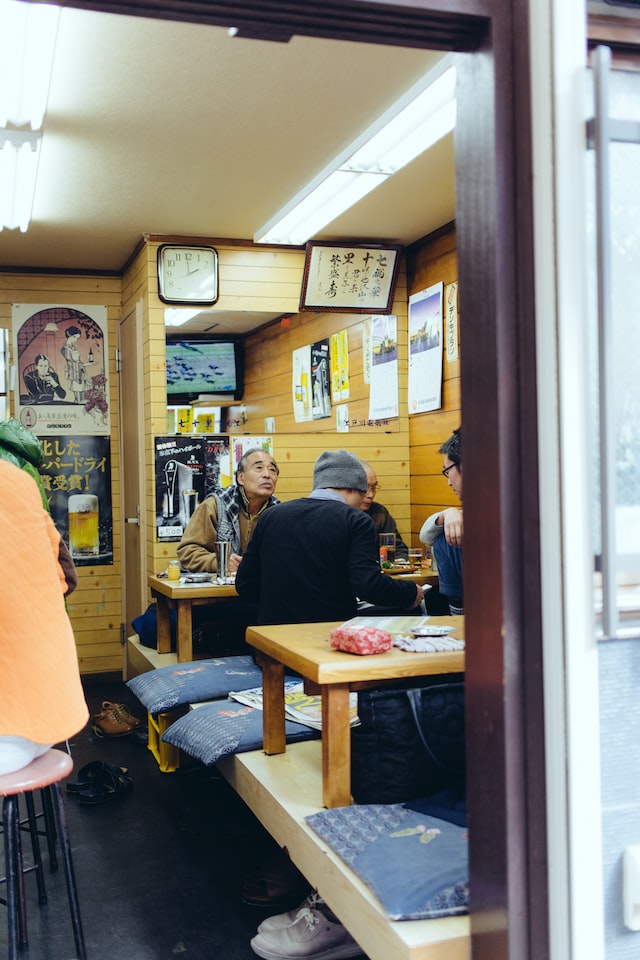
A truly Japanese experience
While pubs and bars are quite common across the world, there is just something unique and quintessentially Japanese about an izakaya. From the splendid service, variety of drink options, and wide range of scrumptious Japanese dishes to choose from, it’s one experience you don’t want to miss when in Japan. Whether you are capping a busy day out in Tokyo, want to wind down after an eventful shopping day in Osaka, or just want a night out after taking in the beautiful sights in Kyoto— nothing beats spending a fun evening in an izakaya.
